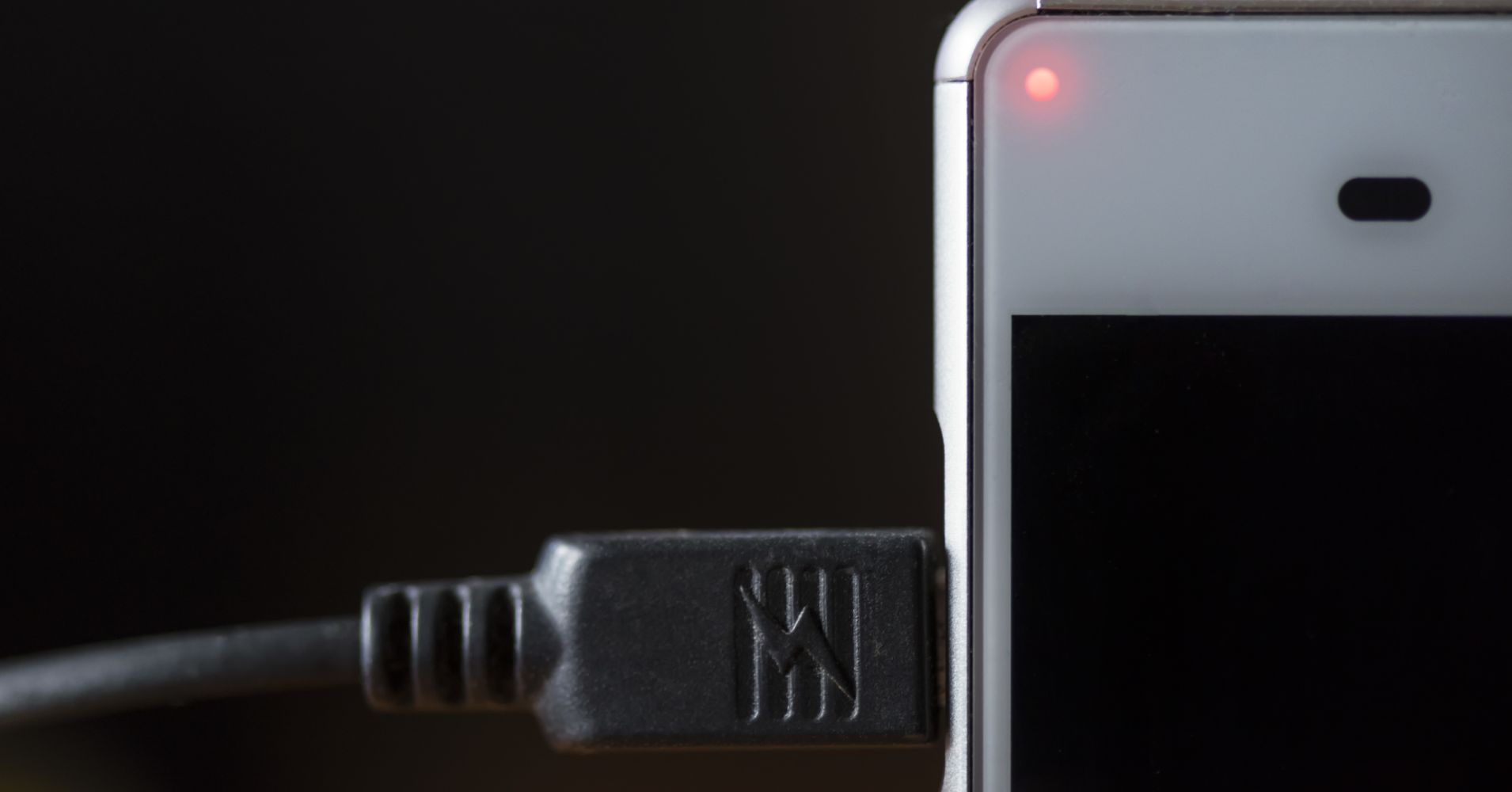
From keeping our smartphones switched on to powering electric vehicles, lithium-ion batteries have become an important source of power in the modern world.
The U.S. Department of Energy cites their light weight, high energy density and ability to recharge as reasons for their growth in popularity.
While popular, there are some challenges when it comes to lithium-ion batteries, and change could soon be afoot.
“Lithium ion batteries of a conventional type still include liquids, and they are prone to spontaneous ignition,” John Miles, a professor at the University of Cambridge’s Department of Engineering, told CNBC’s Sustainable Energy.
“We’re beginning to see solid state batteries coming onto the market now, with gels inside them and polymers instead of liquids,” Miles added. “They are much less prone to those sorts of accidents so there’s a natural progression in that direction.”
One Massachusetts firm is of a similar opinion and thinks that lithium-ion battery technology is “reaching its limits”, with safety, energy density and cost representing “significant challenges” for today’s generation of lithium-ion batteries.
“Conventional batteries have three components – an anode, a cathode and an electrolyte,” Mike Zimmerman, CEO of Ionic Materials, told CNBC’s Sustainable Energy.
“The electrolyte is liquid, and that’s where ions flow back and forth, from the anode to the cathode, to allow charging and discharging,” he added.
“We actually have a solid material which replaces the liquid,” he added. “The problem with the liquid is it’s very volatile and can catch on fire, and people have seen that with electric vehicles and smartphones.”
It’s within this context that Ionic Materials has developed what it describes as a “novel solid polymer electrolyte material” that can conduct ions at room temperature.
Zimmerman described it as the world’s first polymer that can conduct lithium ions. “It’s non-flammable and safe,” he said.
The business has big plans, and sees its technology being used in a range of ways. “Our technology will allow for much safer battery technology, so in smartphones there will not be any potential for fires and burning and injury to people,” Zimmerman said.
“It will also enable higher capacity batteries that last longer, so hopefully you can get two days on a charge as opposed to one day on a charge,” he added.
Looking ahead, Zimmerman said that Ionic Materials was “working with large battery manufacturers” to incorporate its material into cells for products such as wearable devices and eventually electric vehicles. These are expected to be on the market “in a couple of years.”
